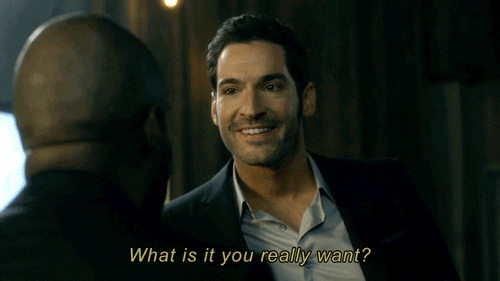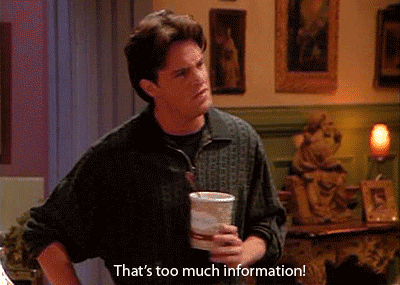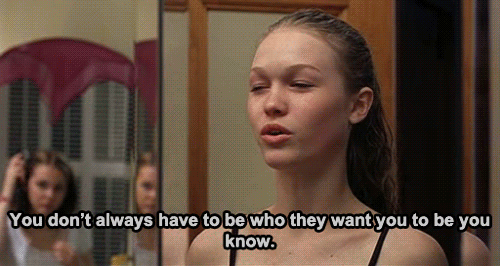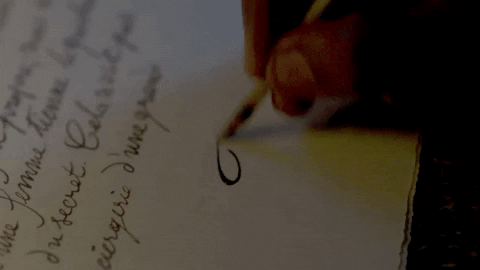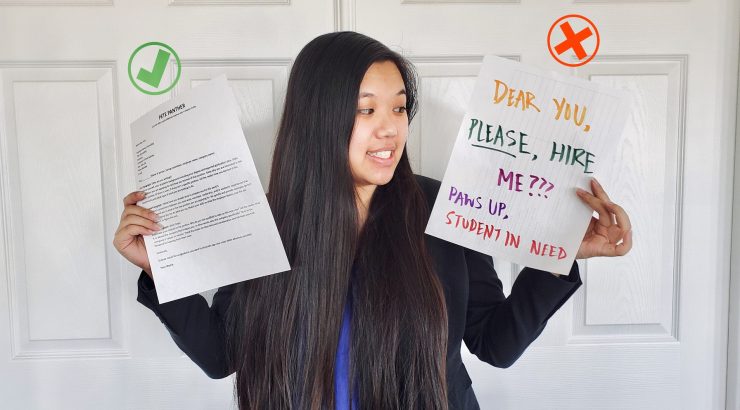
Myth vs. Fact: Cover Letters Like Myth Busters… but for career advice!
October 13, 2020
Watch the Peer Career Advisor IG LIVE conversation on this topic on @chapmanucareer IGTV
So now that you have finally finished updating your resume (and hopefully have gotten it checked), now comes the next (often, dreaded) part… the cover letter. Here are 10 assumptions about cover letters you should review and understand before submitting your application.
1. I don’t need to submit a cover letter if they don’t mention anything about one: MYTH
When possible, always submit a cover letter to supplement your application. It never hurts to let the company know why you want the position and what you can uniquely bring to the table. Unless they don’t have a place to upload a cover letter or they explicitly say they are not taking them, always have one ready to submit!
2. Each of my cover letters should be different: FACT
Yes, even if you’re applying to different positions within the same company – show some effort! Many students make the mistake of uploading the same cover letter to everything they apply to. You may be the same person with the same skills and experiences each time you apply, but the companies and their departments are different! Make sure to tailor your documents with that in mind. Each company has different values and objectives. They can also differ in the way they look at applicants. Your cover letter for one position/company might highlight a particular set of skills like teamwork and communication. In contrast, a cover letter for another position/company might underscore the ability to take initiative and learn on your own. Read the job descriptions for each unique opening and tailor your cover letter accordingly!
3. My address goes on the top right-hand side: MYTH
Employers no longer require your address on cover letters. Chances are, you have filled out that information on the application or will later be asked for it to continue the hiring process. This information was a common feature on cover letters when people physically mailed them in the past (because it followed the traditional business letter format). However, there is no longer a dire need to include your address with the new age of technology. We still recommend including the COMPANY’S contact information though.
4. The header of my cover letter should match the header of my resume: FACT
Consistency is key! Make it easier for employers to correlate which resumes and cover letters go with each other. Two wildly different formats on your documents may be confusing, and you definitely want to streamline the process of getting your application to the top of the stack. Keep your header clean, clear, and consistent across all documents! Information like name, contact info, links to your portfolios, or LinkedIn is a great thing to include.
5. Always address the letter “To Whom It May Concern:” MYTH
There are many other ways you can address your cover letter. Instead of ‘To Whom It May Concern” you can use “Dear Hiring Committee,” the name of the person you are writing to (if known), the department, or the company itself. If you do know the name of the person who will be reading your application, always address it to them.
6. I should try to address the letter to an actual person: FACT
Read number 5.
7. The length of a cover letter doesn’t matter: MYTH
As a general rule of thumb, keep your cover letter to a maximum of one page. The human resources department didn’t sign up to become professors or admission counselors, so stay away from writing an entire essay about yourself! A solid cover letter takes up about 75%-100% of the page. If you don’t have enough to write, make sure you’ve elaborated on your experience and what you’ve learned. Consult a Career Educator, Career Advisor, or Peer Career Advisor for assistance!
8. I should be careful about font sizes and types: FACT
It’s probably not exactly the most fun reading 50+ applications as it is, so make it easy on the eyes! Point 8 font to fit what you want to say on one page? Please don’t… you can definitely afford to cut some of the fluff out. Point 18 font to fill up the page?… You know better than that. Want to try a cute cursive font? Make a post on your social media instead; cover letters (and resumes) are not the place! Keep your professional document fonts sized 10-12 with clean, standard fonts like Calibri, Times New Roman, Arial, etc.
9. I can make things up to make myself more appealing: MYTH
Definitely brag about yourself, show employers what you’re capable of! BUT don’t lie!!! Sooner or later, the truth can come out, so better to just be upfront with your experiences and skill set. Everyone has different strengths they bring to the table, and that’s what employers want to see: What’s different about you that they don’t have on their team? Not: I can do the exact same things as everyone else in the company. Companies hire to fill a void or grow, and marketing yourself as a carbon copy of what they already have might not be the most ideal. Don’t confuse being similar to others as having the same values as them. You can have the same values as a company and still bring unique personality traits, skills, interests, and ideas to the table!
10. I should sign my name at the bottom of the letter: FACT
Whenever you can, definitely DO sign your name at the bottom of a letter (in blue ink if possible), and I mean more than just typing your name. Hand signing your name can give that subtle but personal touch. You can either print out your document, hand sign and scan it back to send, or electronically hand sign using platforms like DocHub, picture editing on your computer, or random sites you find via Google.
Now go rock that application and kill that interview! Don’t forget your business professional!

Courtesy of the Chapman University Office of Career and Professional Development
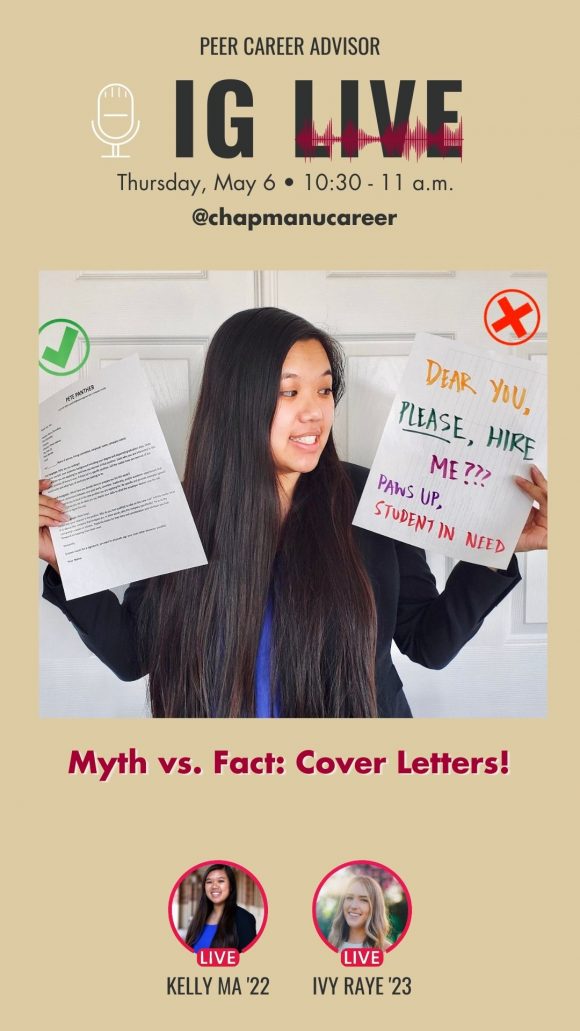
Watch the Career Peer Advisor IG LIVE conversation on this topic on @chapmanucareer IGTV
